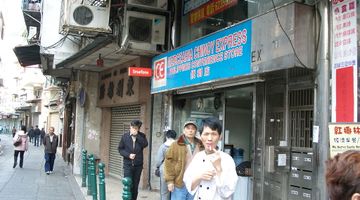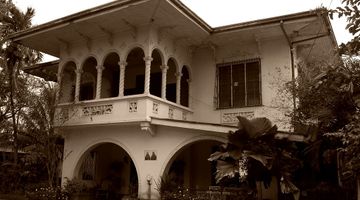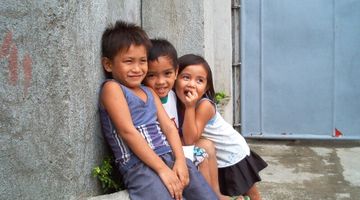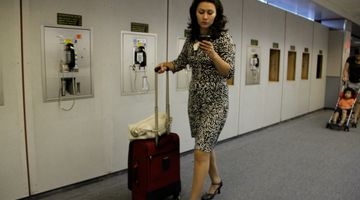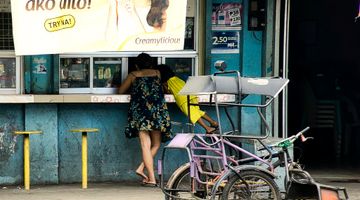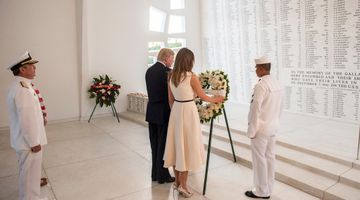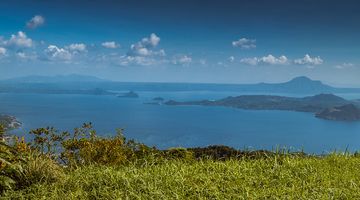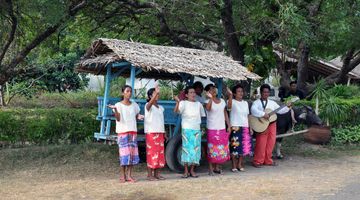11 Most Colourful Festivals in the Philippines Not to Miss
It's a known fact that Filipinos take their festivals and fiestas seriously. No matter what the economic situation is, the show, or in this matter, the fiesta must go on. Every town usually has their own annual celebrations devoted to their Patron Saint. It's not an exaggeration then when someone says there might be a fiesta going on in some village at any given day. Thus, there is no need to time your visit carefully if you wish to witness the revelry and join the celebration. There's bound to be one during your visit.
Due to the Spanish influence on Filipino's Catholic spirituality, most of these festivals are religious in origin. Others commemorate certain important events in history of the country. No matter what the original meaning of the festival was, these days are usually marked with people garbed in elaborate costumes, overflowing food and drinks, fluvial parades, processions, competitions, and many more. Here we highlight some of the most popular Philippine Festivals. Most of these have become tourist attraction that draws visitors from all over the world.
1. Ati-Atihan – Kalibo
Dubbed as the Mother of All Festival in the Philippines, Kalibo's Ati-Atihan is the oldest festival in the country. It's a two-week merriment that culminates on the 3rd Sunday of January.
As early as December, you will hear drumbeats as participants practice for the upcoming event. During the celebration, people dressed in costumes made of indigenous materials gather in the street and dance to the beat of the drums. Their skin is blackened to represent the early settlers known as "ati". Chants of "'Viva! Santo Niño!" and "Hala Bira! Pwera Pasma!” can be heard along with the rhythmic cadence of tribal music. The first phrase is a tribute to the baby Jesus and the second is a plea not to get sick under the sweltering heat of the sun.
In the last decades, different cities have come up with their own version but Ati-Atihan is unique for one major reason: it is very interactive. Locals are not just mere spectators, they paint their skin black with soot and join the groups in street dancing. Do not be put off if you get wet with some beer spray, after all it's the local equivalent of Mardi Gras.
2. Ati-Atihan Sinulog – Cebu City
On the same day, Cebu City also pays tribute to the to Santo Niño through their Ati-Atihan Sinulog. What sets it apart is the way they dance to the beat of the drums – two step forward and one step backward – a movement that's meant to simulate the water current (sulog) of Pahina River. Besides the religious parade and street parties, you can also enjoy trade fairs, musical events, and art exhibitions.
3. Dinagyang – Iloilo City
Exactly a week later on the 4th Sunday of January, Iloilo City also holds the same cultural and religious festivity in honour of the Child Jesus. Dinagyang consists of a fluvial procession, colourful parades, and a competition for the most intricate costume and impressive choreography. There will be several stages around the city and you need to buy tickets to better see the dramatic showcase.
4. Masskara – Bacolod
Another renowned Visayas festival is Bacolod's Masskara, a 20-day street party replete with food, drinks, dances, and a bevy of wild contests like chasing after a pig and downing coconut milk. Held on the weekend closest to October 19, it was conceptualized to show the local's resiliency despite a hard life. Hence, participants wear papier-mâché or clay masks depicting a huge smile.
5. Kadayawan Festival – Davao City
Mindanao also has their own share of lavish fiestas led by Davao City's Kadayawan Festival held annually every 3rd week of August. This time it's primarily to give thanks for a plentiful harvest so the streets are decorated with freshly picked fruits and vegetables. During the celebration, colourful floats laden with fresh produce and flowers are paraded down the street. Besides the usual street dances, the city hosts horse fights, beauty pageants, and boat races.
6. Moriones Festival – Marinduque
During Holy Week each year, a biblical re-enactment is seen on the roads of Marinduque when villagers don their interpretation of a Roman soldiers' helmet, dress, and armour. Performed as a form of penitence, Moriones Festival is meant to portray the search for Longinus, the Roman soldier who pierced Jesus' side with a lance during the Crucifixion. Christian or not, this religious pageantry is interesting to say the least.
7. Pintados Festival – Tacloban
If you're into tattoos and body arts then you might flip over the yearly celebration of Pintados festival in Tacloban when locals dance around the streets with inked bodies to symbolize the brave warriors of the past. Portraying the natives’ practice of idolatry along with their penchant for music and dance, this June 29th festival provides a glimpse of how the native people lived prior to the Spaniard's arrival.
8. Panagbenga, Baguio Flower Festival
The mainland Luzon is not one to take the backseat in terms of festivals too. Every year during the month of February, thousands of tourists both domestic and foreign go up to the Summer Capital of the Philippines to witness the city bloom, literally. Panagbenga or Baguio Flower Festival commemorates the rise of the city after the tragic disaster when the earthquake hit it in 1990. During the feast, Burnham Park and Session Road is awash with flamboyant floats decorated entirely with flowers, it's a breathtaking spectacle really.
9. Higantes Festival – Angono, Rizal
Every 23rd of November, head over to Angono, Rizal to be part of its larger than life celebration - the Higantes Festival. In celebration of the Feast of San Clemente, people open their homes and dining table to visitors. It's also quite a sight to see papier-mâché giants sashaying down the street, some measuring as tall as 12 ft.
10. Pahiyas Festival – Lucban, Quezon
The town of Lucban, Quezon also buzzes with excitement each year on May 15 as they hold the Pahiyas Festival to thank the patron saint of farmers, San Isidro de Labrador, for a plentiful harvest. Each house is creatively adorned with fruits, vegetables, and the brilliantly coloured rice paper called "kiping". Brace yourself for an all out food extravaganza and a thrilling parade of locals in colourful costumes, papier-mâché giants, carabaos, and lavishly designed floats.
11. Obando Fertility Rites – Obando, Bulacan
We'll wrap this list with a special kind of festival – the Obando Fertility Rites – held for 3 days from May 17 to 19. On these days in Obando, Bulacan, devotees do the fertility street dance to beseech the three saints, San Pascua, Nuestra Señora de Salambáo, and Santa Clara for good fortune, a spouse, or most especially, a child.
This list barely even scratch the surface but is a good start for a more in-depth experience of Philippine Culture and Tradition.

















